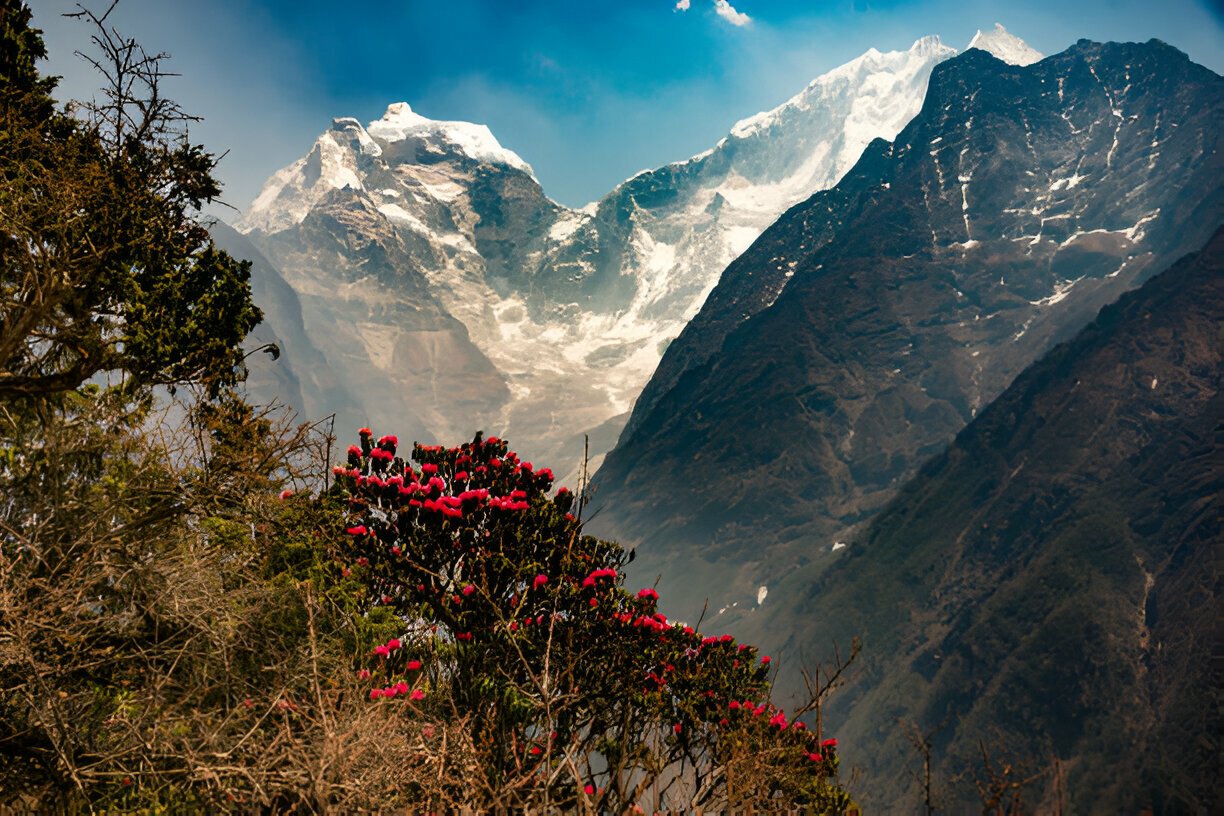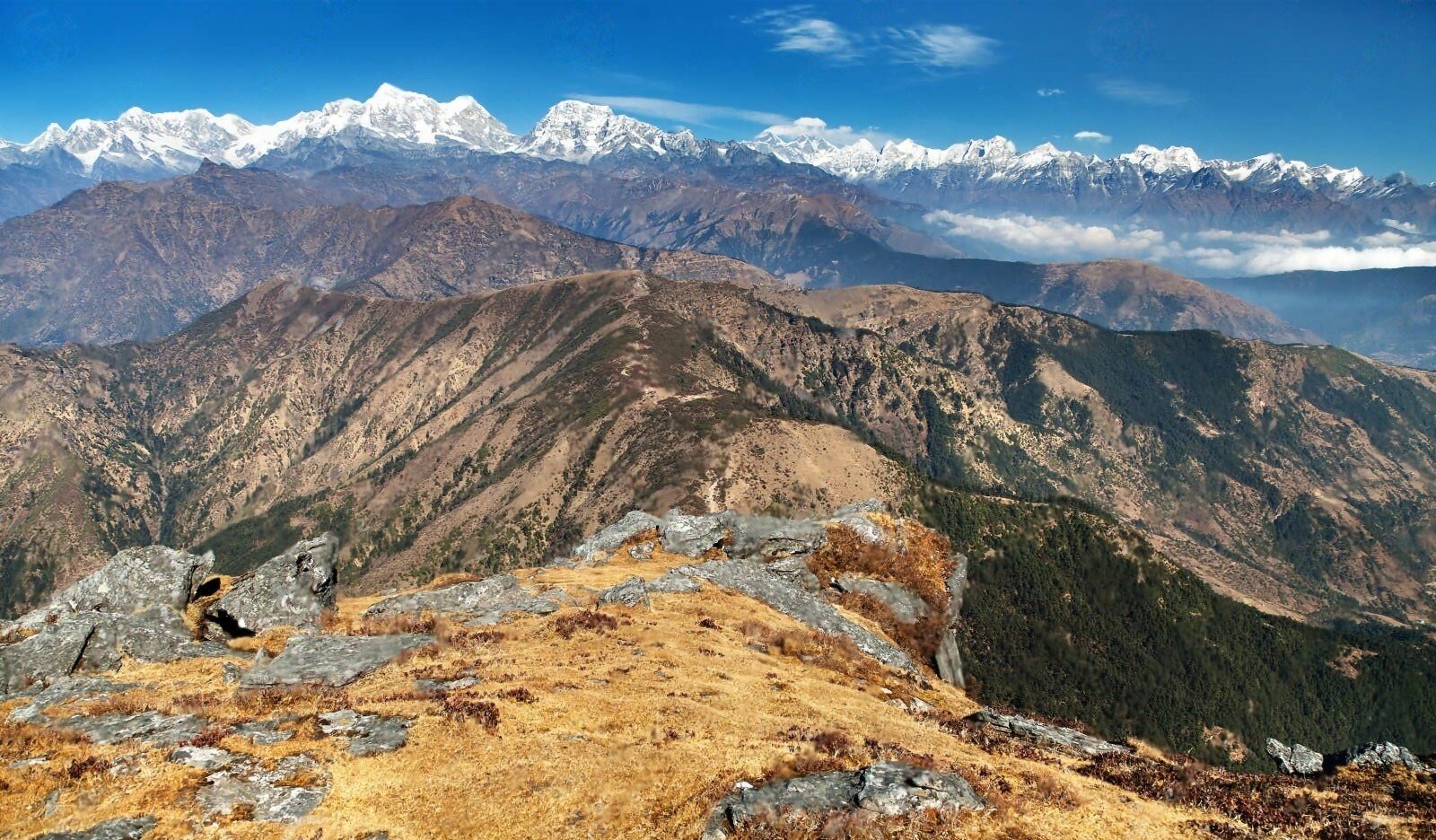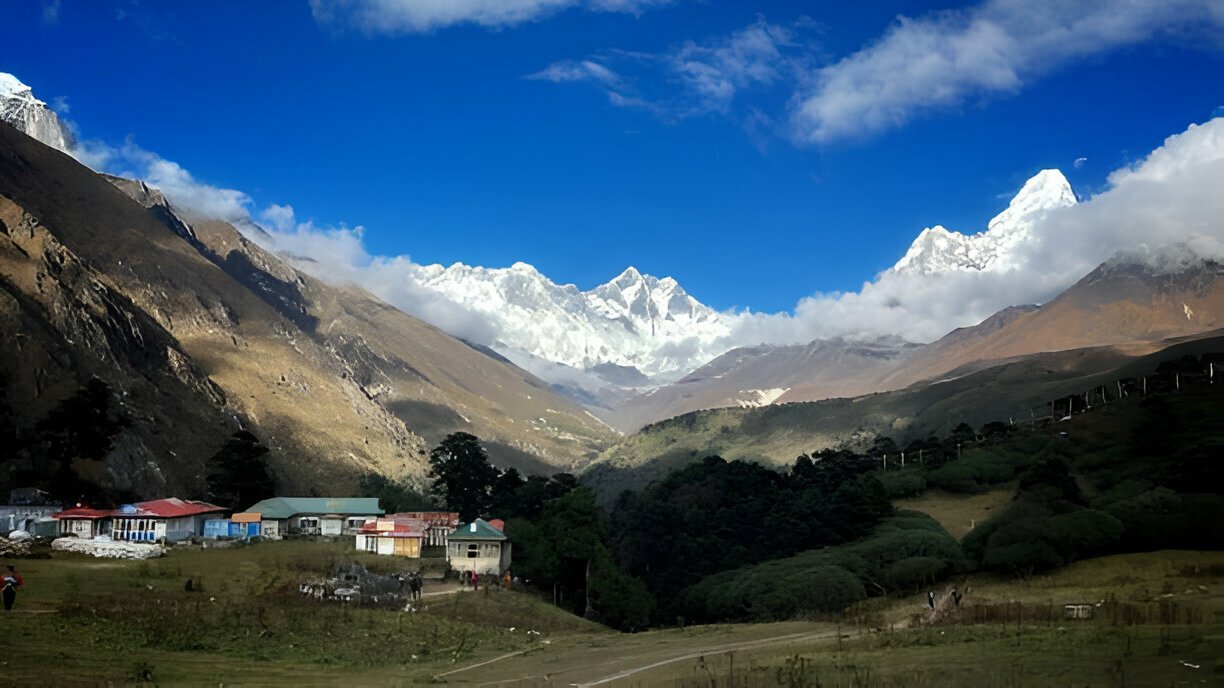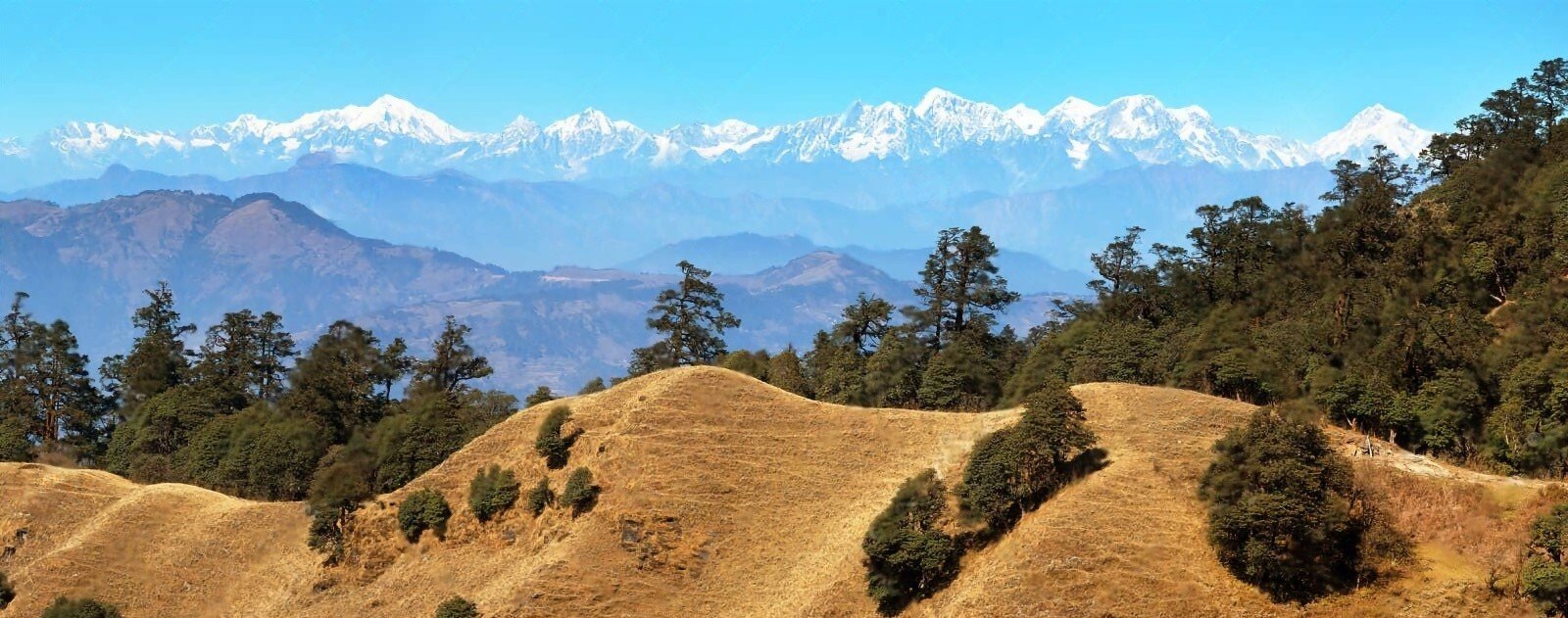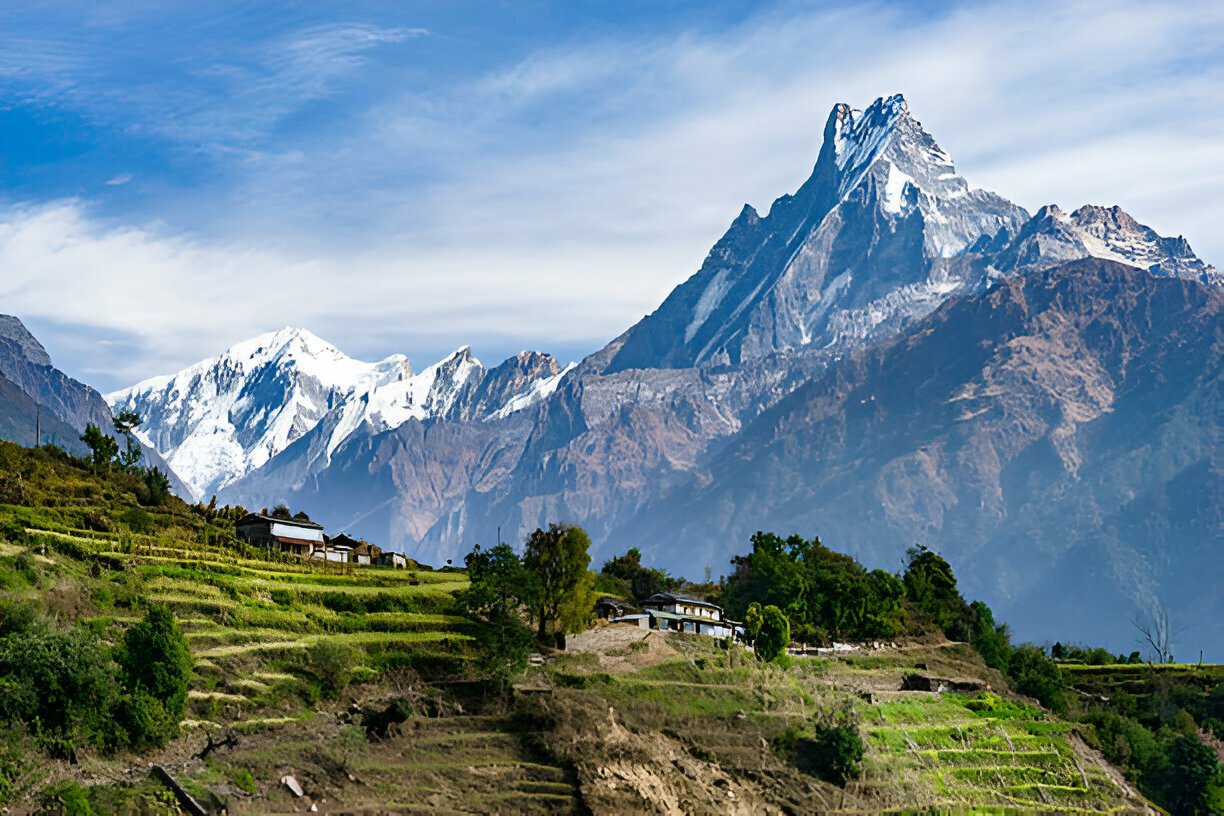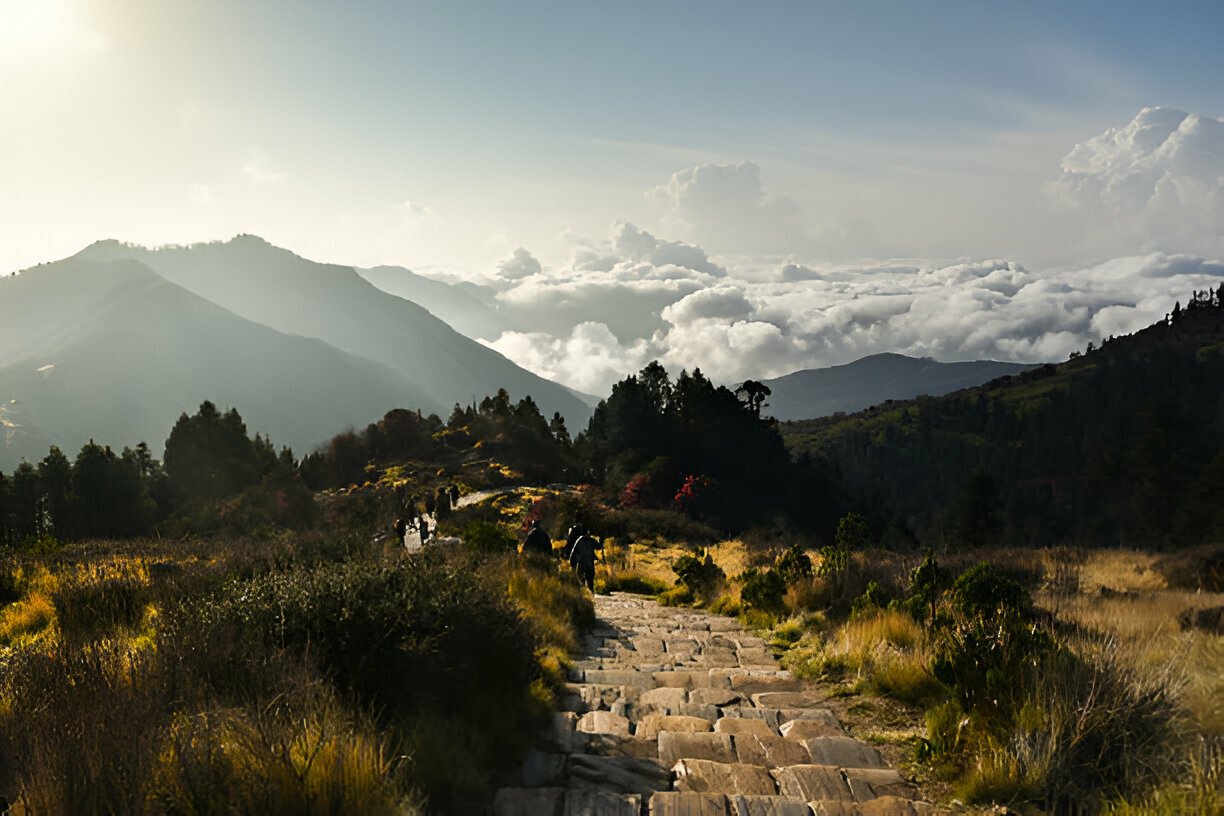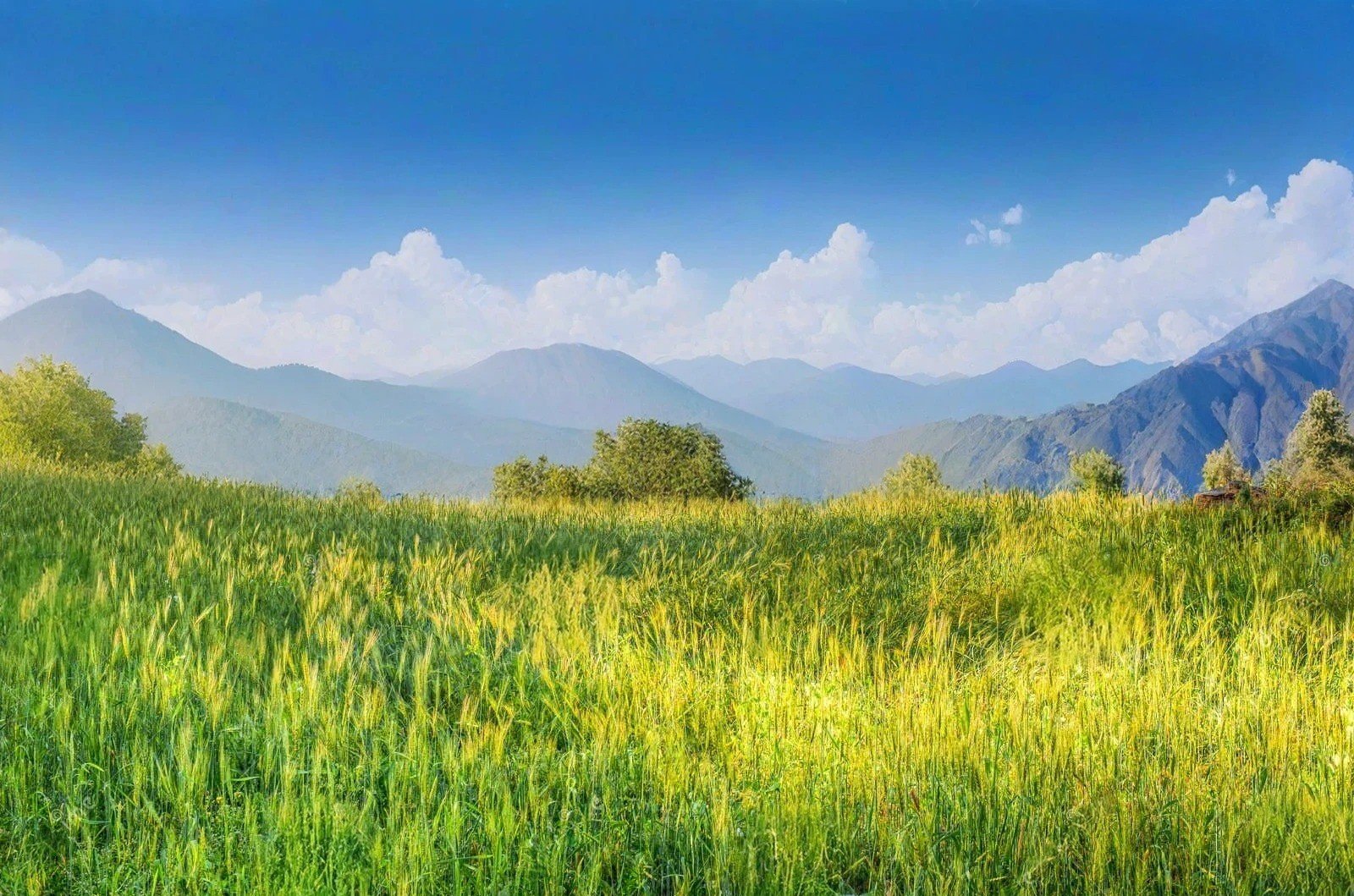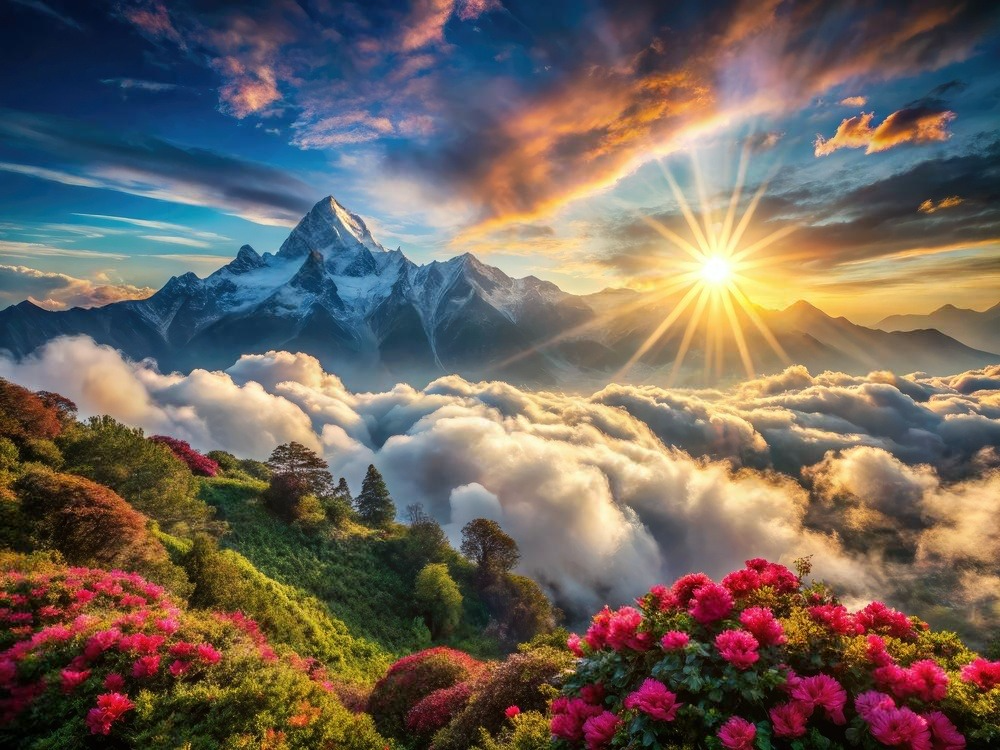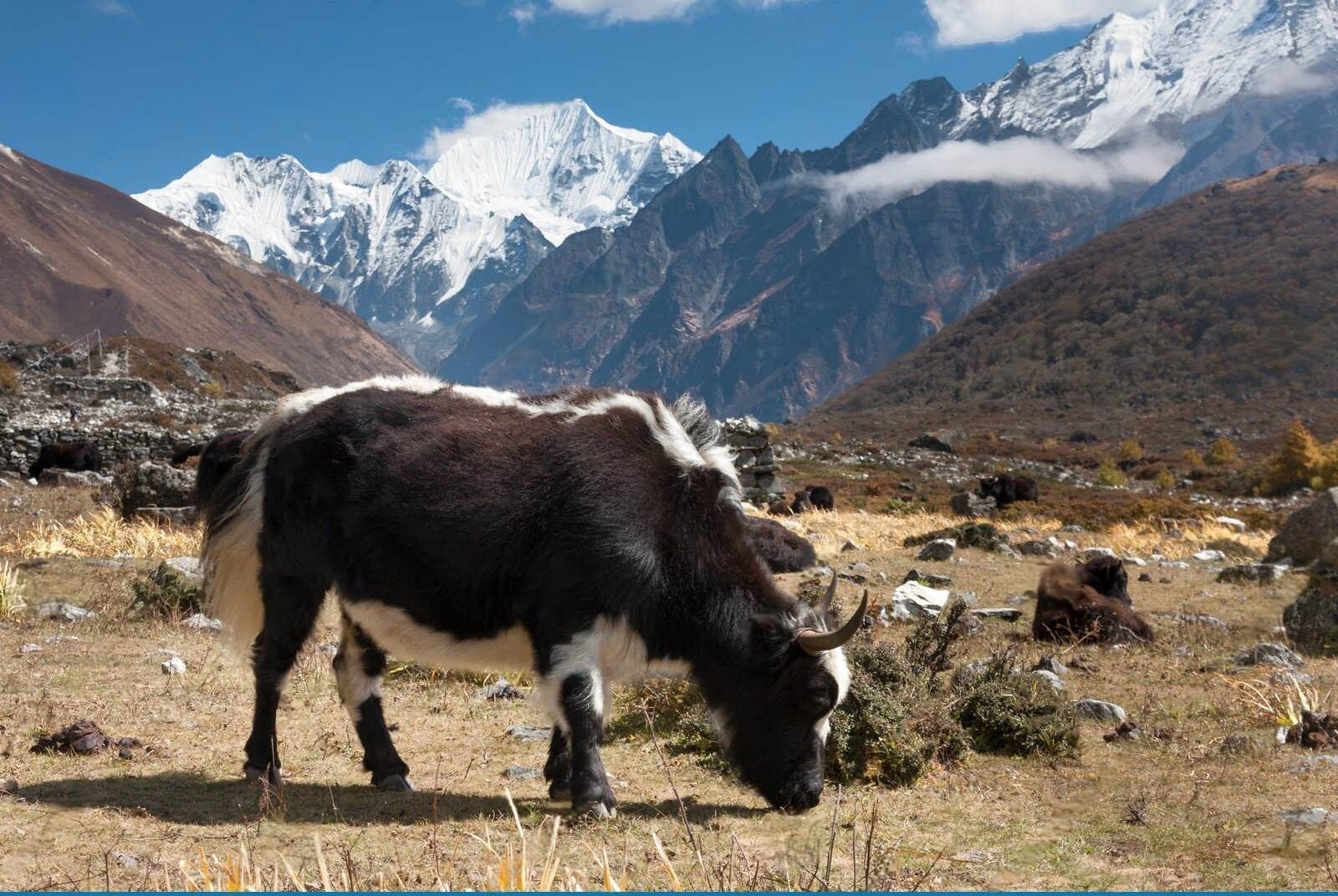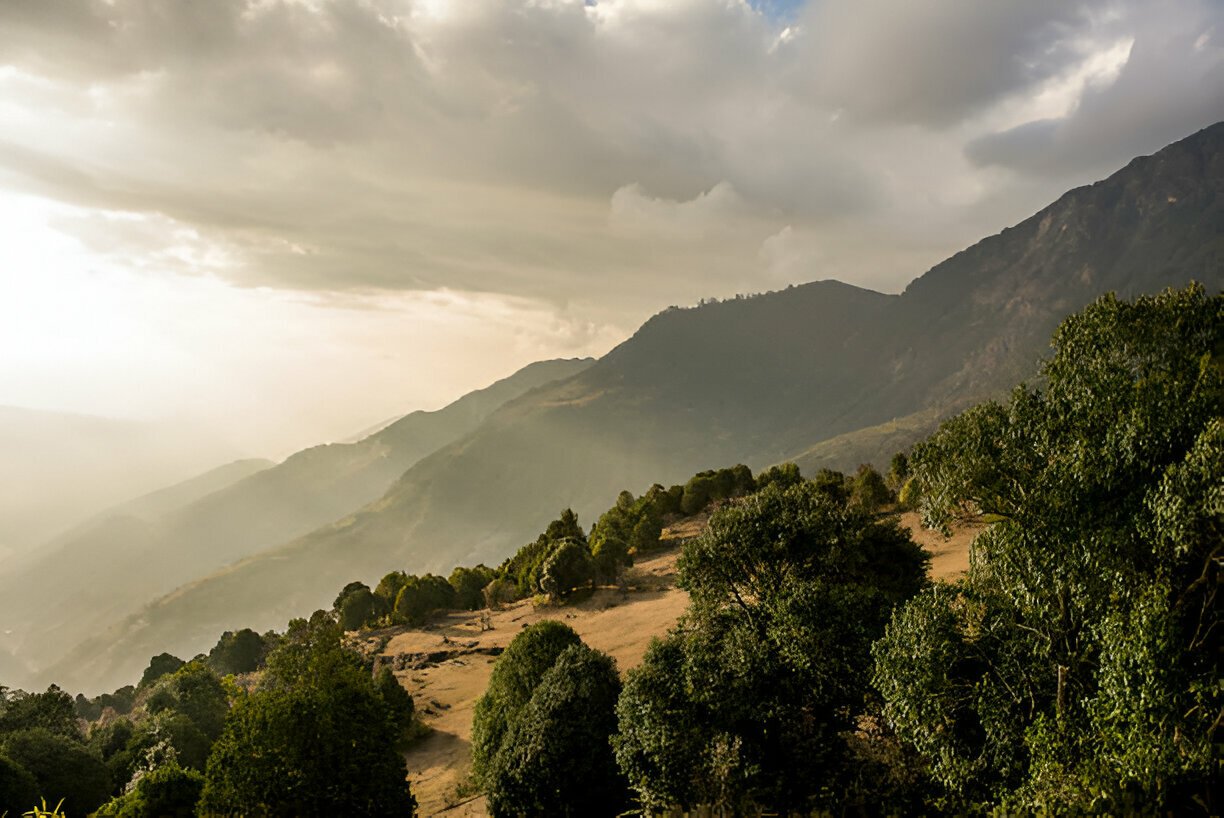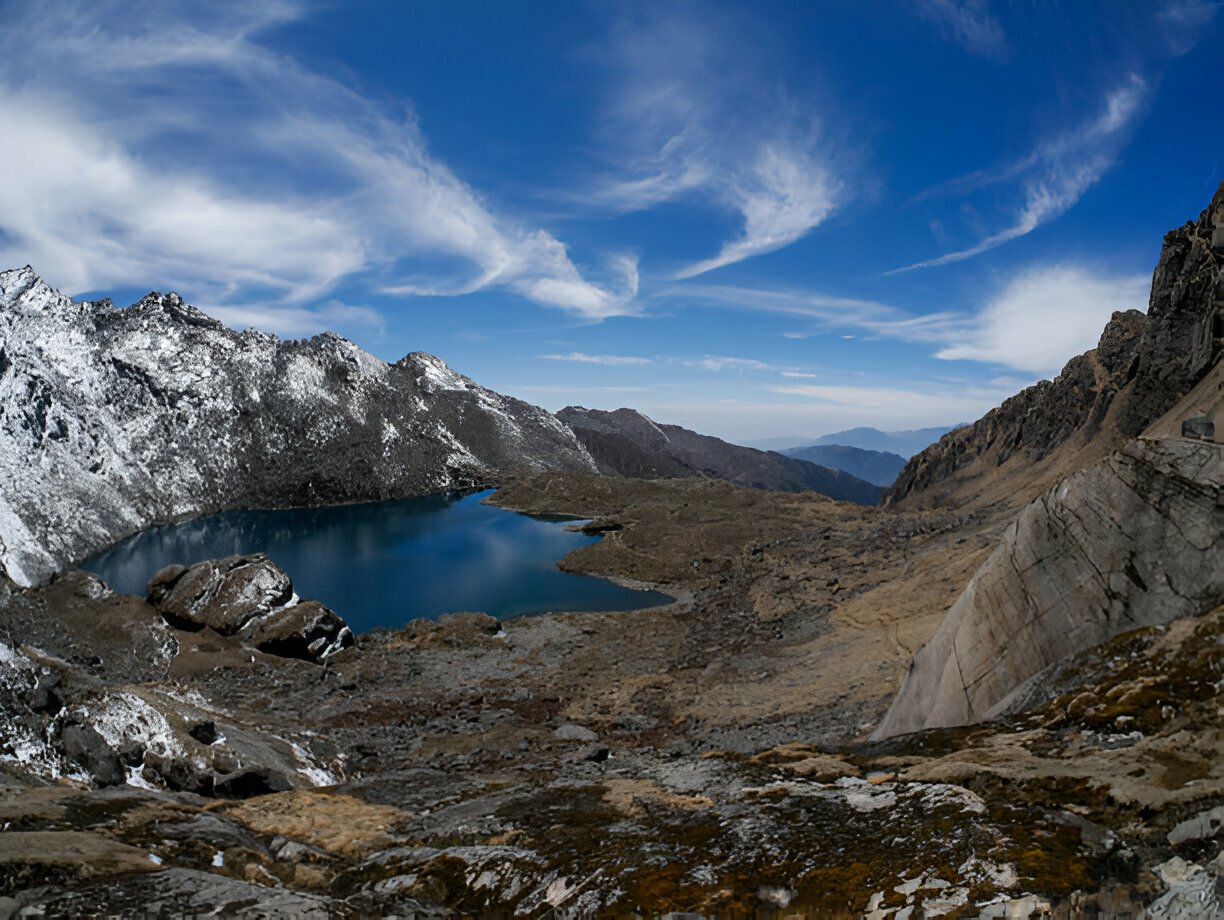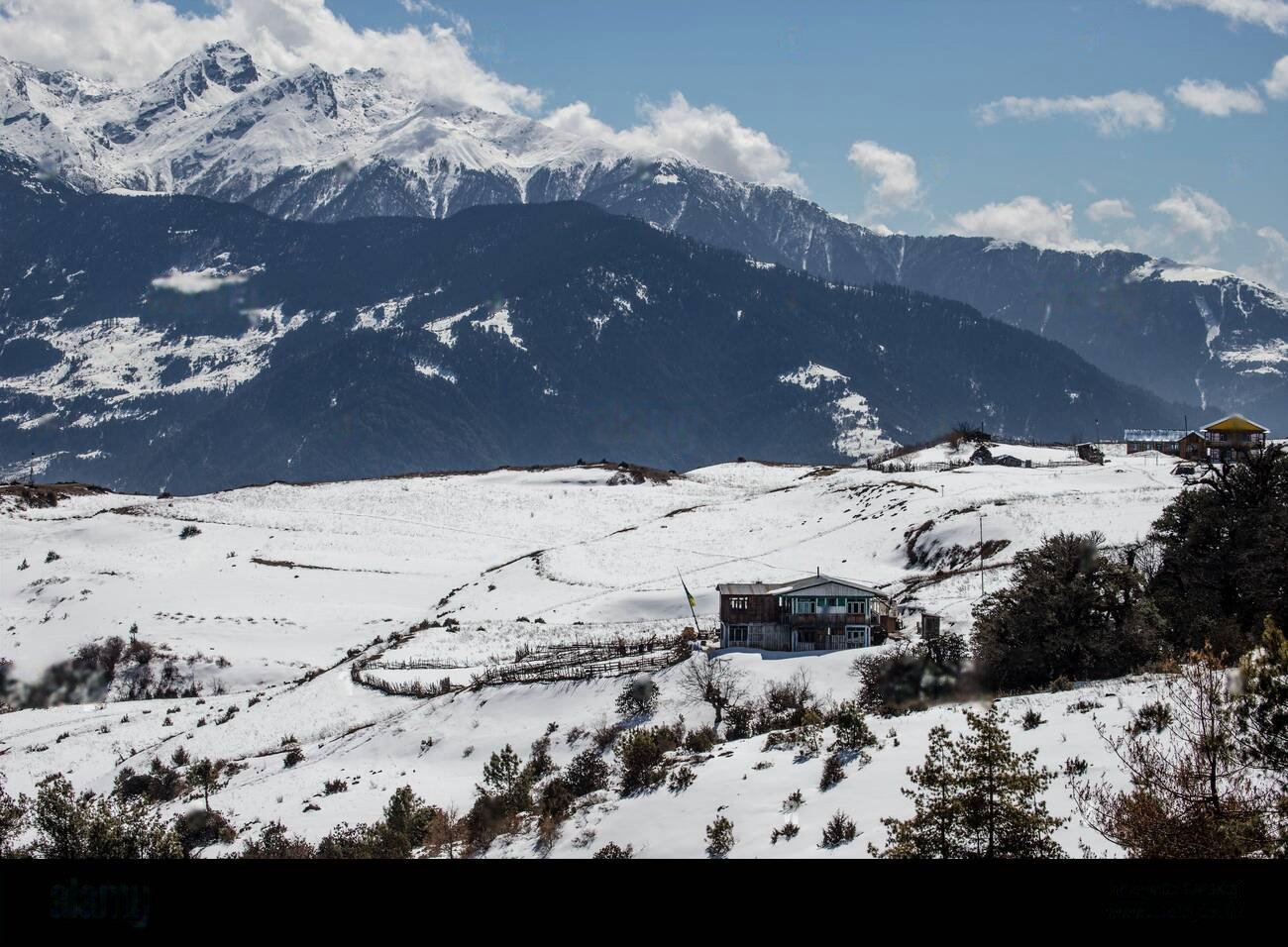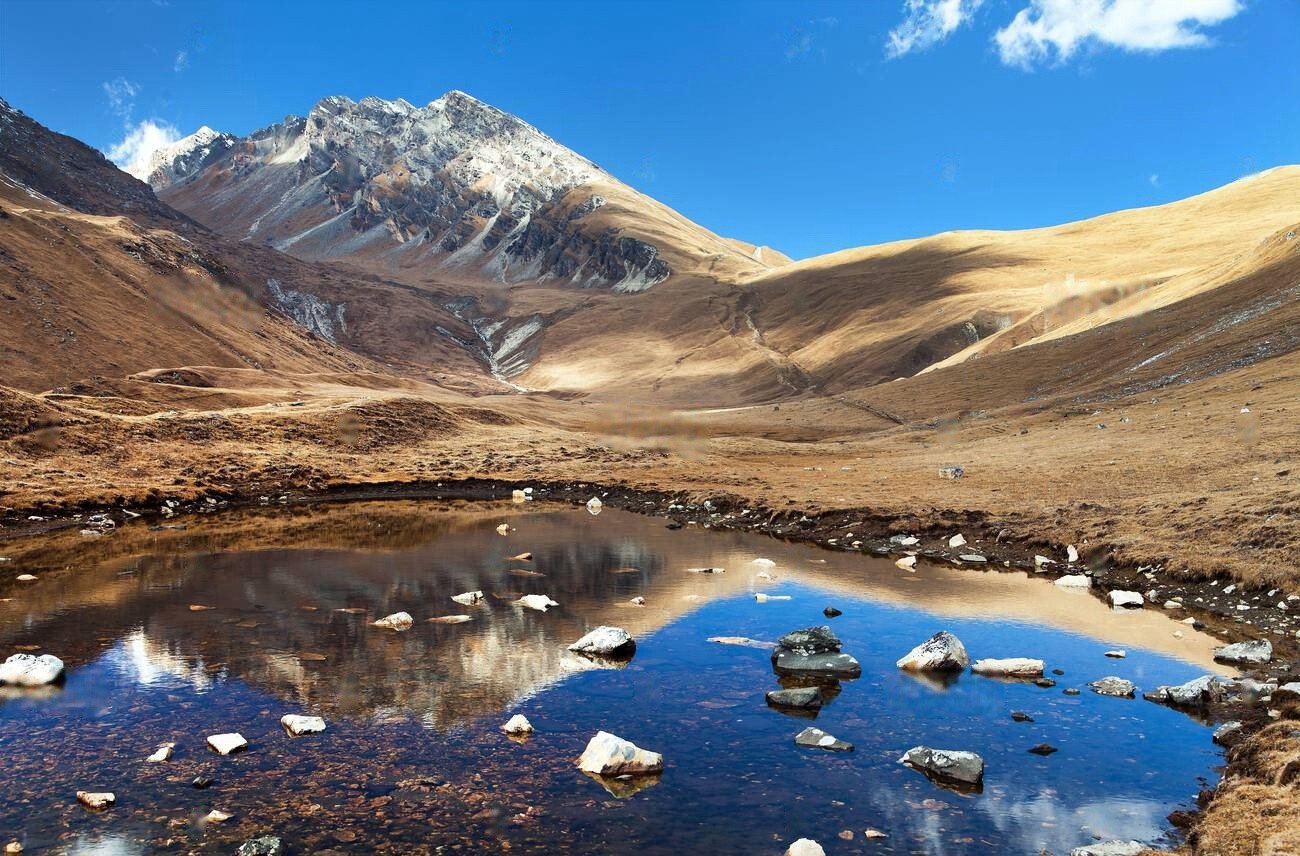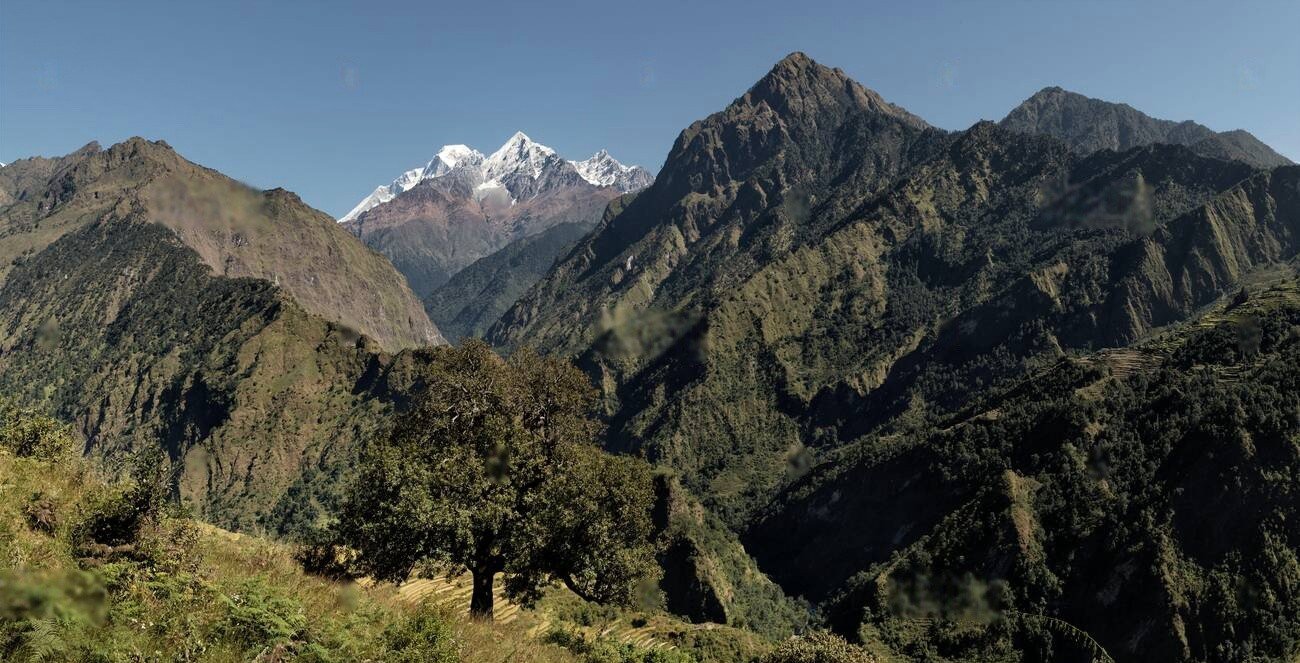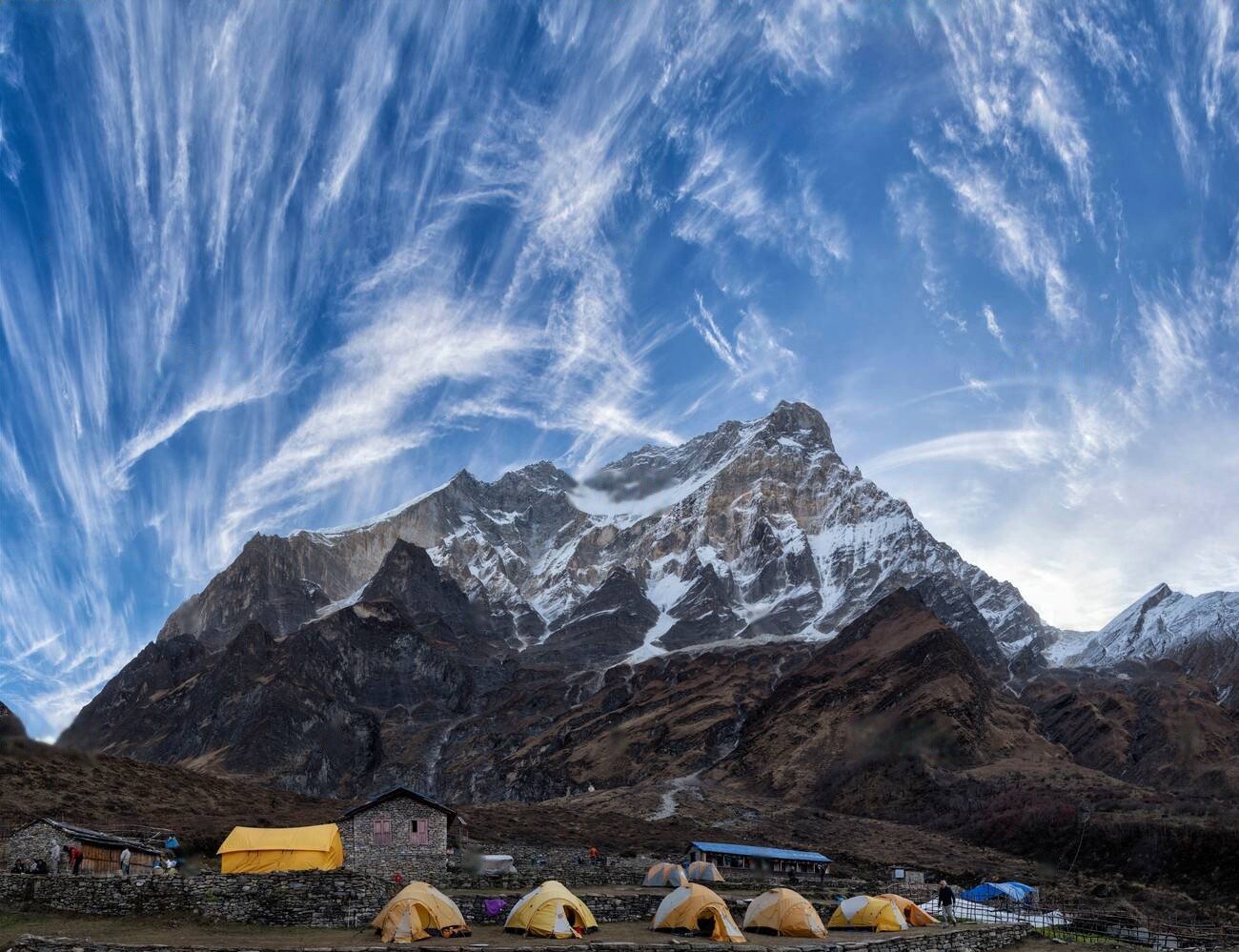 About this Trip
About this Trip
The Dhorpatan Trek represents an authentic adventure for those seeking to explore Nepal's hidden corners, offering a perfect balance of challenging terrain, diverse ecosystems, and genuine cultural encounters. What distinguishes this trek is its remarkable remoteness—providing a wilderness experience that has become increasingly rare in Nepal's more popular trekking regions.
As you traverse this diverse landscape, the terrain transforms dramatically from the subtropical valleys near Beni through dense forests of pine, oak, and magnificent rhododendron, eventually emerging into vast alpine meadows and high passes. The trail follows ancient trading and herding routes that have connected these isolated communities for centuries, offering a glimpse into Nepal's pastoral heritage. Each day brings new perspectives of the Dhaulagiri range, with views extending from Dhaulagiri I through the entire massif to Gurja Himal and across to the Annapurna range.
The cultural dimension of this trek is particularly rich and authentic. In villages like Darbang, Takam, and Dhorpatan itself, you'll encounter communities that maintain distinct traditions, architecture, and lifestyles that vary significantly even between neighboring valleys. The Tibetan refugee settlement in Dhorpatan offers a fascinating glimpse into their preserved culture, complete with monastery, traditional carpet making, and distinctive cuisine. The warm hospitality of these communities, despite their limited resources and the challenges of mountain life, creates meaningful human connections that transcend language barriers.
Physically, this trek demands good endurance and adaptation to changing terrain, from steep forested slopes to high windswept passes. The isolated nature of the route means facilities are basic or non-existent, adding both to the challenge and to the sense of genuine exploration. The feeling of accomplishment that comes from traversing this less-charted territory—walking for days without encountering other trekkers—creates an experience increasingly difficult to find in our connected world.
Throughout the journey, the ever-changing natural environment invites deep engagement with the Himalayan wilderness. From the chorus of birds in the rhododendron forests to the vast silence of high passes, from the scent of pine and wildflowers to the crisp mountain air of the alpine zone, the sensory experience is immersive and profound in ways that more developed trekking routes can no longer offer.
The Dhorpatan Trek represents an authentic adventure for those seeking to explore Nepal's hidden corners, offering a perfect balance of challenging terrain, diverse ecosystems, and genuine cultural encounters. What distinguishes this trek is its remarkable remoteness—providing a wilderness experience that has become increasingly rare in Nepal's more popular trekking regions.
As you traverse this diverse landscape, the terrain transforms dramatically from the subtropical valleys near Beni through dense forests of pine, oak, and magnificent rhododendron, eventually emerging into vast alpine meadows and high passes. The trail follows ancient trading and herding routes that have connected these isolated communities for centuries, offering a glimpse into Nepal's pastoral heritage. Each day brings new perspectives of the Dhaulagiri range, with views extending from Dhaulagiri I through the entire massif to Gurja Himal and across to the Annapurna range.
The cultural dimension of this trek is particularly rich and authentic. In villages like Darbang, Takam, and Dhorpatan itself, you'll encounter communities that maintain distinct traditions, architecture, and lifestyles that vary significantly even between neighboring valleys. The Tibetan refugee settlement in Dhorpatan offers a fascinating glimpse into their preserved culture, complete with monastery, traditional carpet making, and distinctive cuisine. The warm hospitality of these communities, despite their limited resources and the challenges of mountain life, creates meaningful human connections that transcend language barriers.
Physically, this trek demands good endurance and adaptation to changing terrain, from steep forested slopes to high windswept passes. The isolated nature of the route means facilities are basic or non-existent, adding both to the challenge and to the sense of genuine exploration. The feeling of accomplishment that comes from traversing this less-charted territory—walking for days without encountering other trekkers—creates an experience increasingly difficult to find in our connected world.
Throughout the journey, the ever-changing natural environment invites deep engagement with the Himalayan wilderness. From the chorus of birds in the rhododendron forests to the vast silence of high passes, from the scent of pine and wildflowers to the crisp mountain air of the alpine zone, the sensory experience is immersive and profound in ways that more developed trekking routes can no longer offer.

From $0
Price Varies from Group Size
Success
Here goes about why the success toast occurred.
 Itinerary
Itinerary
Arrival in Kathmandu (1,400m)
Kathmandu to Pokhara (820m)
Pokhara to Beni (830m) to Darbang (1,180m)
Darbang to Takam (1,670m)
Takam to Lumsum (2,250m)
Lumsum to Jaljala Pass (3,386m) to Dhorpatan (2,850m)
Exploration Day in Dhorpatan
Dhorpatan to Pelma (3,310m)
Pelma to Phalgune Dhuri (4,100m) to Upper Gurjaghat (3,450m)
Upper Gurjaghat to Burtibang (1,770m)
Burtibang to Thabang (2,020m)
Thabang to Rujhikot (1,880m)
Rujhikot to Thali Dhada (2,750m)
Thali Dhada to Baglung (1,000m)
Baglung to Pokhara
Pokhara to Kathmandu
Departure from Kathmandu
 Services
Services
Includes
- Specialized bilingual guide with knowledge of western Nepal
- Private transport between Kathmandu, Pokhara, and trailheads
- Airport transfers and local transportation as outlined
- Daily meals on the trek: breakfast, lunch, and dinner
- Services of experienced guides, porters, and camp staff
- All essential trekking permits, including hunting reserve fees
- Accommodation throughout the trek (basic lodges, tea houses, and camping equipment where required)
Excludes
- Additional accommodation due to transportation delays or itinerary changes
- Comprehensive travel and medical insurance
- Gratuities for guides, porters, and support staff
- International flights and entry visa fees for Nepal
- Personal trekking and camping equipment
- Extra food and drinks beyond the provided meals
 Good To Know
Good To Know
Prepare for very basic facilities with no electricity or phone service for most of the trek; pack a comprehensive first aid kit as medical help is extremely remote; bring a good quality sleeping bag rated to at least -5°C even in spring and autumn; trail conditions can be challenging after rain with leeches at lower elevations during and after monsoon; and respect local customs in this traditional region by dressing conservatively and asking permission before photographing people or religious sites.
Wildlife Encounters
Blue sheep (Bharal) on high slopes
Himalayan tahr in rocky terrain
Musk deer in forested regions
Himalayan black bear (from a safe distance)
Pheasants including Danphe (Nepal's national bird)
Snow leopard (extremely rare)
Red panda in bamboo thickets (very rare)
Various raptors including eagles and vultures
Diverse butterfly species in spring and summer
Wild boar in forest areas
Jackals and foxes
Numerous small mammals including marmots and pikas
 Reviews
Reviews
 FAQs (Frequently Asked Questions)
FAQs (Frequently Asked Questions)
Your queries are answered.
Do I need previous trekking experience?
Previous trekking experience is strongly recommended. This remote route has limited evacuation options and basic facilities, making it better suited to trekkers who have already completed easier routes in Nepal and understand the demands of multi-day Himalayan trekking.
What is the best time of year for this trek?
Mid-April to early June (spring) and mid-September to mid-November (autumn) offer the best conditions. Spring features spectacular rhododendron blooms, while autumn typically has more stable weather with clear mountain views. The monsoon season (June-September) makes trails very difficult with leeches and limited views, while winter (December-March) brings snow at higher elevations.
How remote is this trek compared to others in Nepal?
The Dhorpatan region is significantly more remote than popular areas like Everest, Annapurna, or even Langtang. You'll encounter very few or no other trekkers, extremely basic facilities, and villages that rarely see foreign visitors. There is no cell phone coverage for most of the route, and evacuation in case of emergency would be complicated and time-consuming.
What type of accommodation can I expect?
Accommodation varies from comfortable hotels in Kathmandu and Pokhara to extremely basic tea houses in larger settlements. In remote areas, camping with tents is necessary. Tea houses on this route are much more basic than those on popular trekking routes, with simple food, shared sleeping spaces, and minimal facilities.
Is it possible to shower during the trek?
Proper showers are generally not available during most of the trek. Basic cold water washing facilities exist at some tea houses, and camp staff typically provide warm water for washing. Wet wipes and hand sanitizer are essential for personal hygiene.
How is the food on this remote trek?
Food is simple and repetitive, based on what's locally available. Standard fare includes dal bhat (lentil soup with rice), simple vegetable curries, noodle soups, and occasional meat in larger settlements. Fresh vegetables become limited in remote areas, and meals focus on carbohydrates for energy.
Can dietary restrictions be accommodated?
Basic vegetarian options are always available, but more specific dietary requirements are challenging to accommodate in such remote areas. Those with strict dietary needs should bring supplementary food items and discuss requirements well in advance with the trek operator.
How much should I budget for the trek?
Beyond the package cost, budget approximately $10-15 per day for additional expenses. These might include extra snacks, beverages in larger settlements, and emergency supplies. Prices in remote regions can be higher due to transportation costs.
How much should I tip the guides and porters?
Tipping is customary and appreciated, especially on remote treks where staff face greater challenges. A general guideline is $10-15 per day for guides and $6-8 per day for porters, typically given at the end of the trek. For longer treks with a support team including a cook, you might organize a collective tip of about 10-15% of the trek cost.




